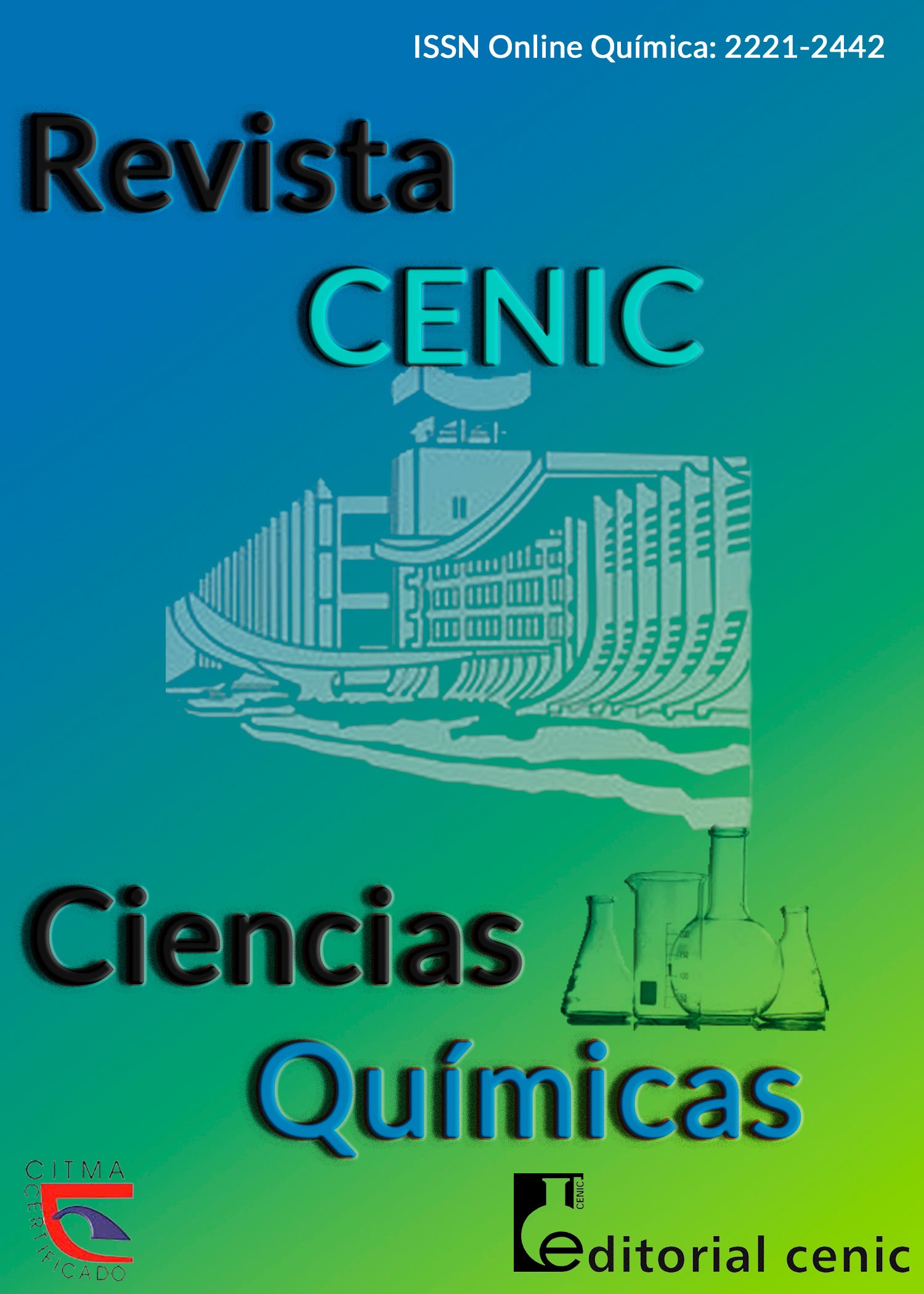LOUIS HENRI FREDERIC MELSENS Nicotine, potassium iodide, and sulfur compounds
Abstract
Louis Henri Frédéric Melsens (1814-1886) was a Belgian chemist, student of Dumas and Liebig, who showed the possibility of chlorinating an organic compound by hydrogen substitution; separated nicotine, determined its formula, and proved it was a powerful poison; discovered and described the composition and properties of sulfacetic acid, developed the synthesis of sulfuryl chloride by diverse procedures involving the direct reaction between SO2 and chlorine. Melsens carried an extensive study on the possibility of using potassium iodide as an antidote to poisoning by mercury and lead; the basic idea was to try to stabilize the metallic compounds that the animal economy retained by associating them with a substance that the economy was able to eliminate easily. He took advantage of the fact that all the insoluble compounds formed by mercury salts found in animal economy were soluble in potassium iodide and that the body could eliminate easily. He studied the action of activated carbon on the partial solidification of a volatile liquid, the accompanying thermal phenomena, and proved that the wetting of a solid was accompanied by an increase in temperature. He developed an improved process for the saponification of fats, for the extraction of sugar with the help of calcium bisulfide, a very efficient lightning rod based on Faraday’s electric cage, and analyzed a series of physical problems related with firearms and ballistics.

Downloads
Published
How to Cite
Issue
Section
License
Copyright (c) 2020 Copyright

This work is licensed under a Creative Commons Attribution-NonCommercial-ShareAlike 4.0 International License.
Los autores que publican en esta revista están de acuerdo con los siguientes términos:
Los autores conservan los derechos de autor y garantizan a la revista el derecho de ser la primera publicación del trabajo al igual que licenciado bajo una Creative Commons Atribución-NoComercial-CompartirIgual 4.0 que permite a otros compartir el trabajo con un reconocimiento de la autoría del trabajo y la publicación inicial en esta revista.
Los autores pueden establecer por separado acuerdos adicionales para la distribución no exclusiva de la versión de la obra publicada en la revista (por ejemplo, situarlo en un repositorio institucional o publicarlo en un libro), con un reconocimiento de su publicación inicial en esta revista.
Se permite y se anima a los autores a difundir sus trabajos electrónicamente (por ejemplo, en repositorios institucionales o en su propio sitio web) antes y durante el proceso de envío, ya que puede dar lugar a intercambios productivos, así como a una citación más temprana y mayor de los trabajos publicados (Véase The Effect of Open Access) (en inglés).













